Neurology Equipment
The subspecialty of medicine known as neurology focuses on the study of and treatment of conditions affecting the neurological system. Neurology focuses on diagnosing and treating all types of illnesses and diseases affecting the brain, spinal cord, and peripheral nerves. Neurological equipment aids in the diagnosis of neurological disorders and neurosurgical procedures.
Numerous neurological illnesses and ailments, including Alzheimer’s disease, Parkinson’s disease, severe depression, epilepsy, spinal cord injury, and traumatic brain damage, may be identified, prevented from occurring, and treated with the use of neurological devices such as:
Electromyography (EMG) machine:-Electromyography, or EMG, is a method for assessing the electrical activity in the muscles in response to nerve stimulation. This test is carried out with the use of an EMG machine.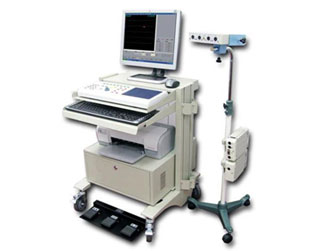
Oscilloscope:-One or more tiny needles, commonly known as electrodes, are introduced through the skin and into the muscle during the EMG test. An oscilloscope is a device that shows the electrical activity as waves on a screen. The oscilloscope then shows the electrical activity that the electrodes detected.
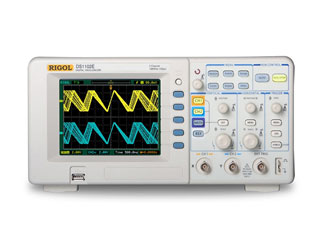
Stereotaxic Impactor:-A stereotaxic impactor is a cutting-edge tool for inducing traumatic brain injury (TBI). The neurotrauma model that may be created by the experimenters using the stereotaxic impactor has an unheard-of level of repeatability in terms of the direction of impact and location of the lesion.
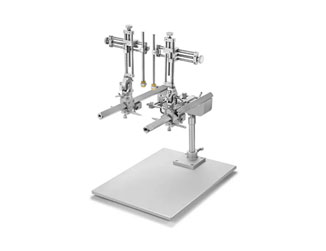
Compound Microscope:-It is essential to employ microscopy methods to study the nervous system at the cellular and subcellular levels and put any biological variations into reference. Further insights into neural function have been made possible by recent advancements in deep tissue imaging.
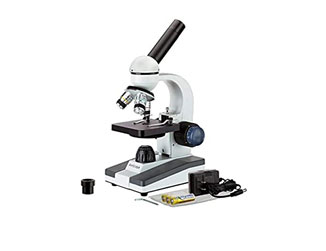
Laser Doppler Flowmetry:-Modern microcirculatory study techniques, such as laser doppler flowmetry, are employed in many medical specialties, including neurology. It provides comprehensive information for both macro- and microcirculation when combined with ultrasound sonography which is helpful in the diagnosis of various neuropathies.
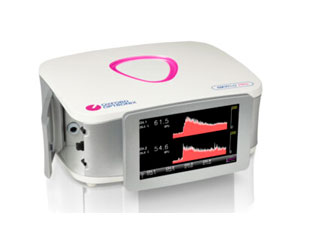
Electroencephalogram (EEG):-Electrodes attached to a subject’s scalp during an EEG capture the brain’s electrical activity. In particular, in epilepsy and other seizure disorders, the variations in brain activity shown by EEG might help in the diagnosis of these ailments.
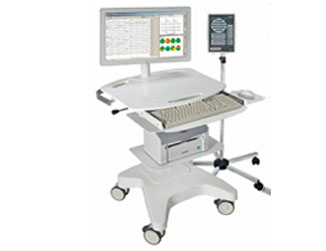
Kerrison’s:-Kerrison Rongeurs are instruments used during surgical procedures involving the decompression of the suprascapular nerve and spinal stenosis.
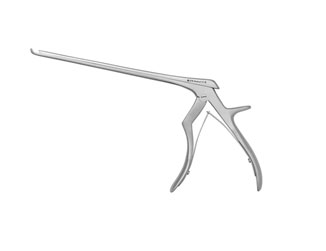
TMS Neuronavigation System:-Transcranial magnetic stimulation, often known as TMS, is a non-invasive treatment for depression that involves stimulating nerve cells or neurons in the brain using magnetic fields. TMS is often used in cases when traditional therapies for depression have not been successful. The goal of this treatment is to alleviate the symptoms of depression.
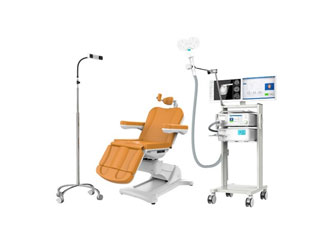
Cranial Perforator:-The cranial perforator is used to perform a craniotomy. It is a surgical technique that entails drilling into the skull until the dura mater is reached and removing a portion of bone. Cranial trepanation is often carried out to access or decompress specific parts of the brain for the benefit of the neurosurgeon.
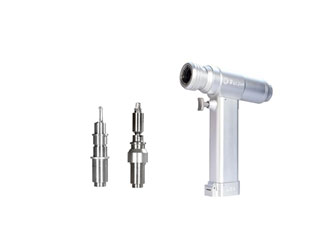
CSF Drainage Catheter:-A CSF drainage catheter is used to drain extra CSF that is caused due to infections, genetic abnormalities, brain hemorrhage, or inflammation.
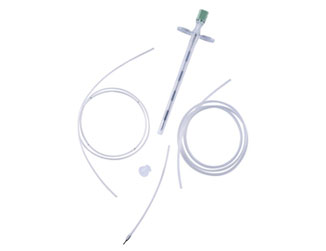
At MediHouse, we have a range of Neurology Equipment of high quality and durability.
Contact us for booking orders and home deliveries
Phone Number – 9400630000
Whatsapp – 9447771361
Email – MediTvm@gmail.com
